Japanese Traditional Crafts, Samurai Armor & Helmet
Protection with Style: The Top 5 Features of Samurai Kabuto Helmets
Every warrior needs protection. This begins with the lowliest of foot soldiers and ends with the emperor himself. That’s why beginning in 4th century Japanese armies began outfitting themselves with whatever materials and technology they could muster. As the decades went on and the skills of Japanese local blacksmiths, leatherworkers, and weavers improved, the craft of samurai armour and helmet making was born. Today, these pieces can be seen in museums around the world. What’s more, miniature replicas are in high demand – put to use in annual celebrations throughout Japan, these models have become a hit with history and military enthusiasts around the world. You’ve probably seen these flared helmets with elaborate, towering headpieces. But why the fancy ornamentation? In many ways an ancient form of art itself, these helmets range from subtle and powerful to over-the-top and wild. Let’s take a closer look at the legendary samurai’s helmet: the kabuto.
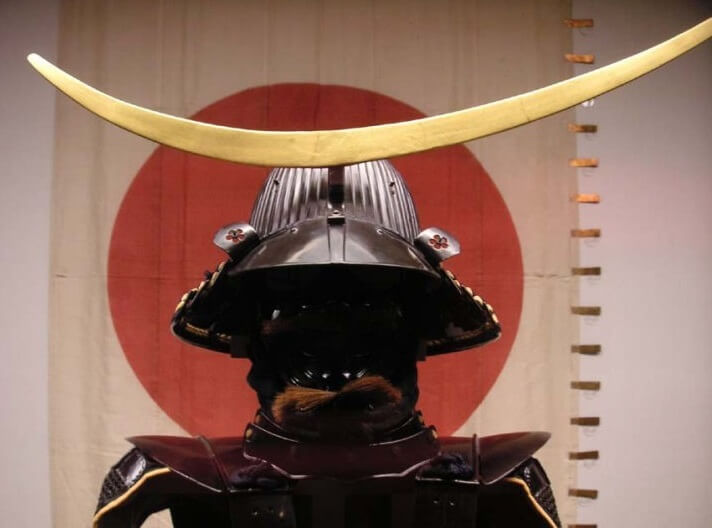
(Image: k-takahashi.blogspot.com)
A Samurai’s Best Friend: the Kabuto Helmet through the Ages
Like the earliest forms of Japanese armour, kabuto helmets were first imported and inspired by Chinese and Korean pieces. After the 5th century AD, these helmets were in widespread use and production throughout the Japanese islands, resulting in the development of a specifically ‘Japanese’ style and tradition.
Feature #1: The Hard Shell
Most helmets share a single feature: the hard shell top. This is riveted together with metal, forming the most protective (and probably the most important!) aspect of the helmet. The top part, where the metal plates all come together, offers another opportunity for decoration; never one to turn down a chance to improve their image, many samurai had intricate patterns added to even the smallest parts of their helmet.
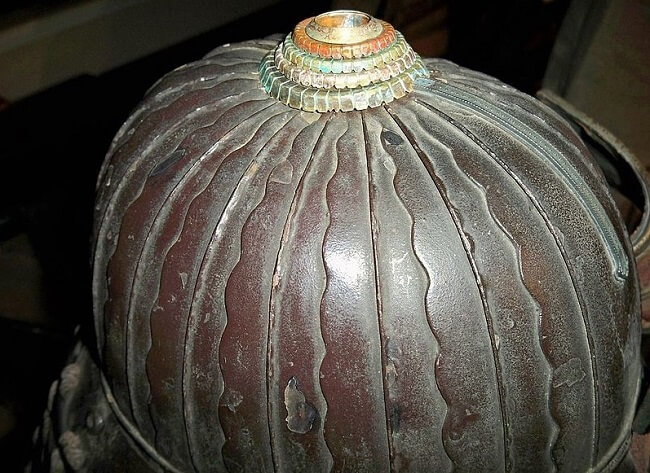
(Image: ja.wikipedia.org)
Feature #2: The Neck Guard
Around the hard shell is usually hung a neck guard. Feature #1 and #2 alone offer a lot of freedom for creative expression: the colourful weavings used to form the neck guard feature prominently in later ornamental kabuto. Like their body-armour counterparts (see our post on Japanese armour, especially the ancient ‘Aka-kawaodoshi’ set – a certified National Treasure!) the hanging aspects of the helmets of the Middle Ages were usually made with many intricately woven and attached ‘scales.’ This means a whole lot of nimble handiwork and a whole lot of room for experimentation.

(Image: wakuwakuo.exblog.jp)
Feature #3: Tatemono Mounted Ornaments (I/II)
What’s more, atop the hard-shell cap many samurai and retainers began to mount symbols of their loyalty, rank, and personalities. These designs could range anywhere from images of flames, horns, or even demons. Meant to inflict fear in the heart of their opponents while demonstrating rank with their varied length and levels of intricacy, to me these mounted bits are that which make the samurai’s kabuto helmet so interesting.
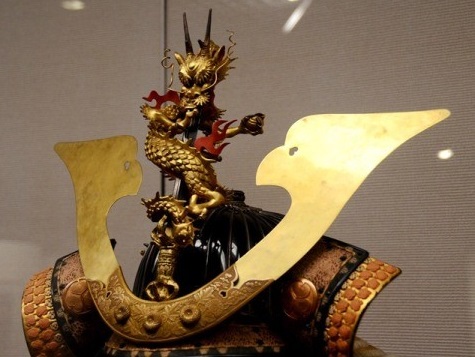
(Image: ryuss2.pvsa.mmrs.jp)
Feature #4: Read and Side Mounted Ornaments (II/II)
While the front-mounted ornaments were more popular earlier in the history of kabuto samurai helmets, the side and top mounted ornaments soon appeared on the scene after several generations.

(Image: iph.zouri.jp/008332.html)
As the years turned to decades, decades into centuries, each new class of warrior attempted to outdo the previous group. The result was some pretty over-the-top designs. Take a look at some of these kawari kabuto – literally ‘strange helmet.’
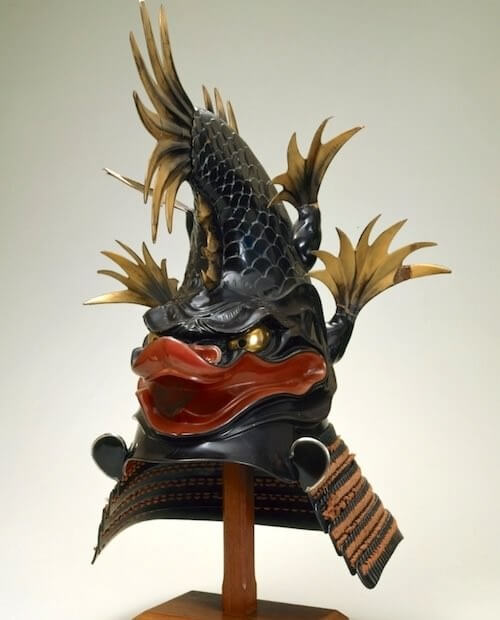
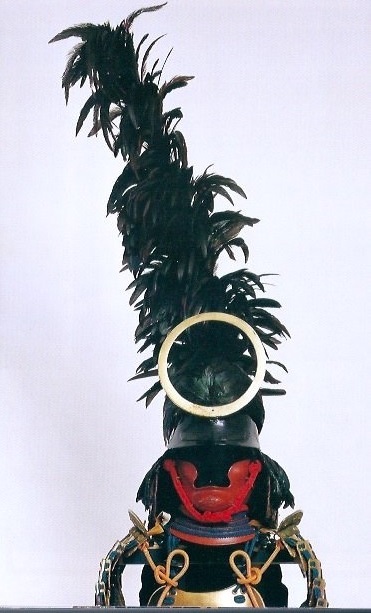
Feature #5: Freaky Face Masks
Finally, some began to adopt freaky masks as a part of the get-up. This is where the true spirit of the warrior comes into view – and the results are not warm and cuddly.
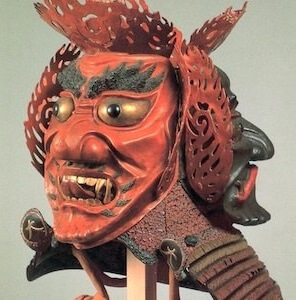
(Image: sengoku-g.net)
A Peaceful Symbol of An Earlier Time: Kabuto in the Modern Age
As the security and stability of the nation plateaued during the Tokugawa Period (also known as the Edo Period), armed conflict between samurai became increasingly rare. Thus, instead of donning the hat to duke it out in the street, the kabuto helmet became an even more ornamental piece than in previous decades. This meant crazier designs, more elaborate uses, and less breakage. Thus, many of the wild designs you saw here today are still in circulation in Japan today. Though it is clear that fashion always mattered to the samurai, with the shift to a more peaceful society their focus shifted en more drastically toward appearances, moving from ‘function over form’ to ‘form over function.’
Largely unused in battle, leftovers remain in circulation as family heirlooms. Alternatively, these carefully decorated pieces have been adopted (in scale model form) for show or use in family or local rituals. Add together the real-deals with this huge number of professionally made replicas, and you’ve got yourself a large stockpile to choose from if you are looking to start a collection.
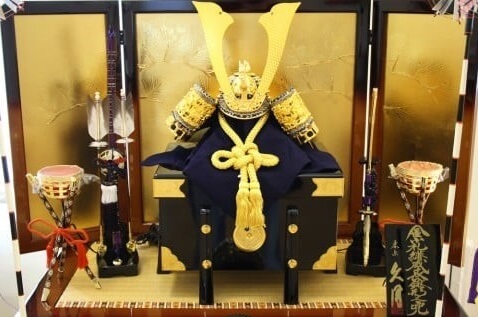
(Image: 192abc.com)
On the modern (and peaceful!) usage of samurai armour and helmets today, see our earlier coverage here. (LINK) Here’s a spoiler: Common usages include celebration of the life of children on May 5th, as well as displays for the home.
Owning a Samurai Helmet in the 21st Century?
I know what you are thinking: “there is no way I am going to find one of these ornate and ancient helmets in the shops around town!” You might be right, but don’t let this discourage you from digging around online for a helmet that suits you. With thousands of designs now appearing as replica models, you can bring home one today – any style from the modest, downplayed helmets of the Middle Ages, to the over the top, larger than life and freakier than heck, kawari kabuto of the 19th and 20th centuries.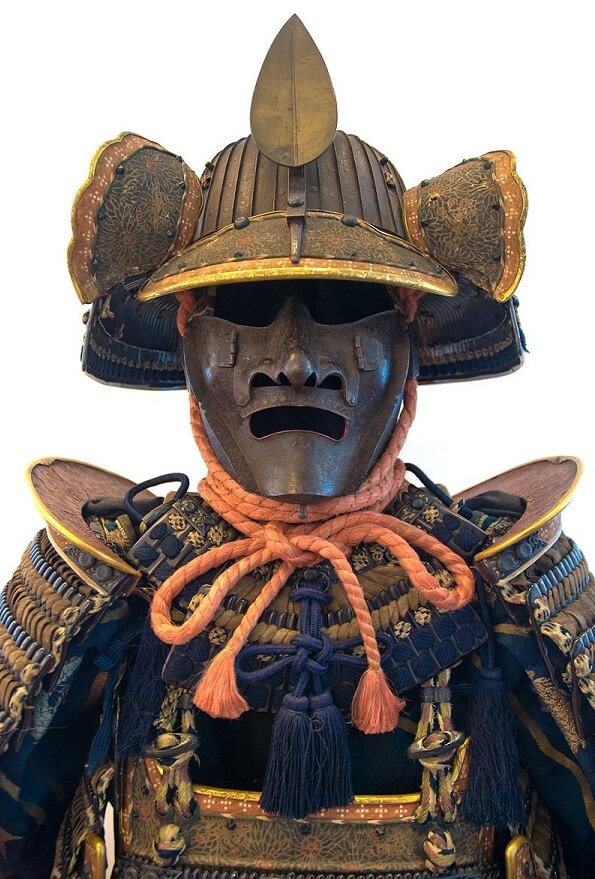
What’s more, the most famous warriors all have their helmets immortalized by the great model makers of Japan. So getting your hands on a full set, complete with ornamental stand and case is only a click away. Take a look in our shop!

Author - Jay
In my spare time I enjoy watching baseball, tasting local cuisine, and exploring by road and rail. Having lived in several cities around the world, I have an appreciation for local as well as international histories and cultures. Excited by cultural and social exchange, it is my hope that this blog will help promote an interest in Japanese traditional wares and practises by introducing you to their history and meanings.

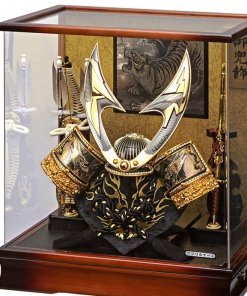
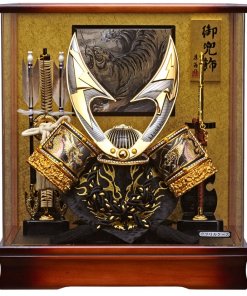
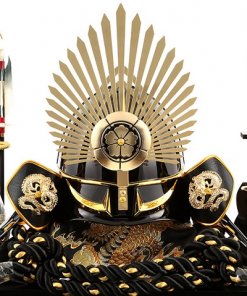
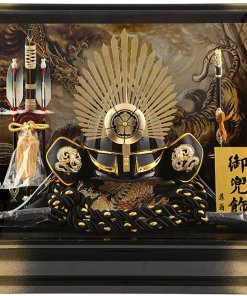
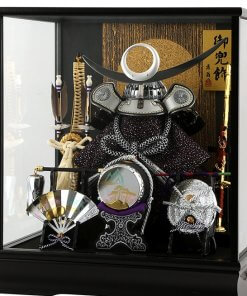
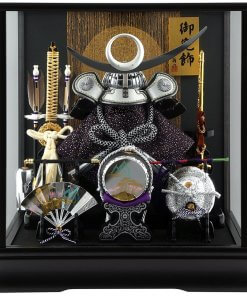
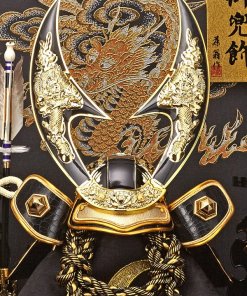

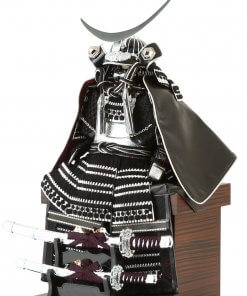
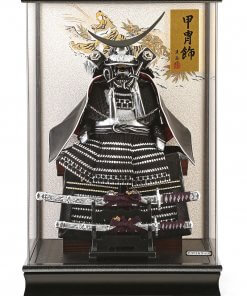


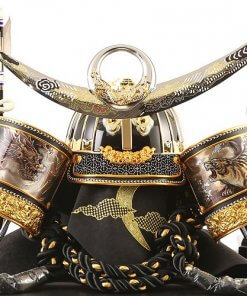
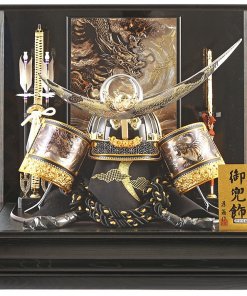
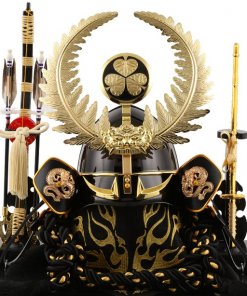
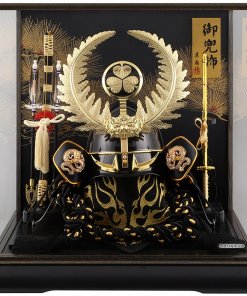

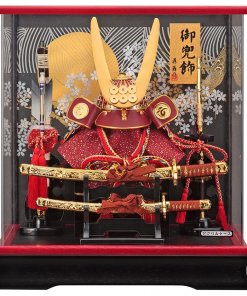
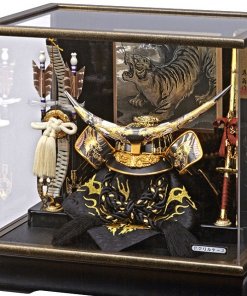
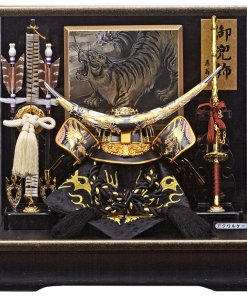
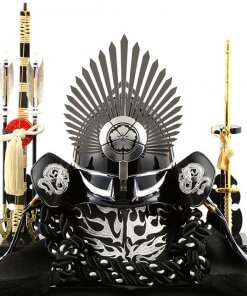
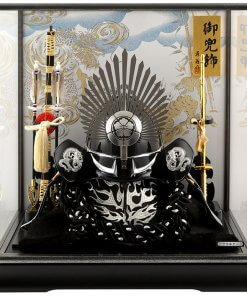


About Orientalsouls.com
Learn and Buy Japanese Craftsmanship, Tradition & Culture
OrientalSoul.com is the online shop where you can buy traditional crafts of Japan.
We only sell selected authentic products in which true spirits of Japanese craftsmanship exist.
You may be able to find similar products in other shops for lower prices. However, we sell products based on fair prices that worth labor and value of experienced craftsmen.
In addition, we introduce stories about product history, how a product is made, what makes it different from others, and how the product enriches your life!